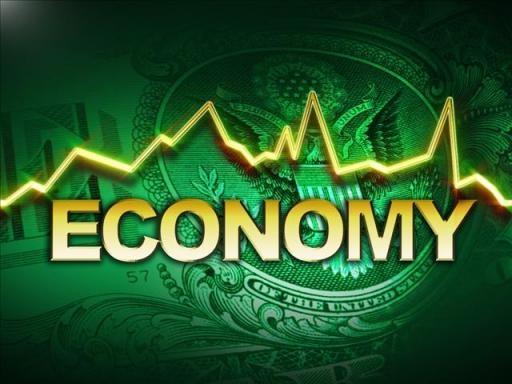Economy

Durable Goods Orders Jump 6.5% on Aircraft Orders
Written by Sandy Williams
July 28, 2017
Orders for durable goods jumped 6.5 percent in June for the largest increase since July 2014, said the Commerce Department on Thursday. Most of the gain, however, was due to a 131.2 percent surge in orders for commercial aircraft. Excluding aircraft and transportation, orders rose a more modest 0.2 percent.
Core capital goods, which exclude defense and aircraft and is an indicator of future business spending, dipped 0.1 percent last month after a 0.7 percent gain in May.
“The weakness in June doesn’t point to building strength for July,” reported Bloomberg. “Durable orders have not been consistently strong this year, though there are more favorable aspects to today’s report than unfavorable with the second-half outlook for the up-and-down factory sector now a bit more upbeat.”
Monthly Advance Report on Manufacturers’ Shipments, Inventories and Orders June 2017
New Orders
New orders for manufactured durable goods in June increased $14.9 billion or 6.5 percent to $245.6 billion, the U.S. Census Bureau announced last week. This increase, up following two consecutive monthly decreases, followed a 0.1 percent May decrease. Excluding transportation, new orders increased 0.2 percent. Excluding defense, new orders increased 6.7 percent. Transportation equipment, also up following two consecutive monthly decreases, led the increase, up $14.6 billion or 19.0 percent to $91.6 billion.
Shipments
Shipments of manufactured durable goods in June, down three of the last four months, decreased slightly to $236.0 billion. This followed a 1.2 percent May increase. Transportation equipment, down five of the last six months, drove the decrease, down $0.4 billion or 0.6 percent to $78.8 billion.
Unfilled Orders
Unfilled orders for manufactured durable goods in June, up three of the last four months, increased $14.2 billion or 1.3 percent to $1,135.6 billion. This followed a 0.1 percent May decrease. Transportation equipment, also up three of the last four months, led the increase, up $12.8 billion or 1.7 percent to $776.8 billion.
Inventories
Inventories of manufactured durable goods in June, up 11 of the last 12 months, increased $1.6 billion or 0.4 percent to $397.0 billion. This followed a 0.1 percent May increase. Machinery, up seven of the last eight months, led the increase, up $0.8 billion or 1.2 percent to $68.3 billion.
Capital Goods
Nondefense new orders for capital goods in June increased $14.7 billion or 21.0 percent to $84.6 billion. Shipments increased $0.3 billion or 0.4 percent to $70.9 billion. Unfilled orders increased $13.8 billion or 2.0 percent to $709.8 billion. Inventories increased $1.0 billion or 0.6 percent to $177.6 billion. Defense new orders for capital goods in June increased $0.4 billion or 3.8 percent to $9.7 billion. Shipments decreased $0.2 billion or 2.2 percent to $10.0 billion. Unfilled orders decreased $0.3 billion or 0.2 percent to $140.3 billion. Inventories increased less than $0.1 billion or 0.1 percent to $22.5 billion.
Revised May Data
Revised seasonally adjusted May figures for all manufacturing industries were: new orders, $466.8 billion (revised from $464.9 billion); shipments, $472.3 billion (revised from $471.5 billion); unfilled orders, $1,121.4 billion (revised from $1,120.2 billion); and total inventories, $648.4 billion (revised from $648.9 billion).

Sandy Williams
Read more from Sandy WilliamsLatest in Economy

New York state manufacturing index drops again in April
Firms were pessimistic, with the future general business conditions index falling to its second lowest reading in the more than 20-year history of the survey

Construction adds 13,000 jobs in March
The construction sector added 13,000 jobs, seasonally adjusted, in March, but tariffs could undermine the industry.

Supply chains, end-users brace for impact from tariffs
Supply chains are working through what the tariffs mean for them

ISM: Manufacturing expansion loses steam after two months of growth
US manufacturing activity slowed in March after two straight months of expansion, according to supply executives contributing to the Institute for Supply Management (ISM)’s latest report.

Chicago Business Barometer rose to 16-month high in March
The Chicago Business Barometer increased for the third-consecutive month in March. Despite this, it still reflects contracting business conditions, as it has since December 2023.
